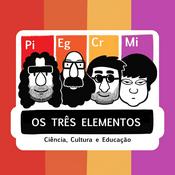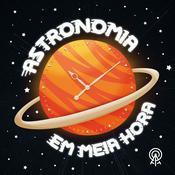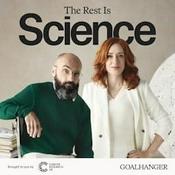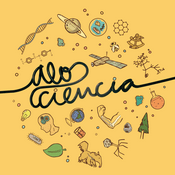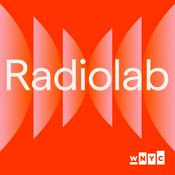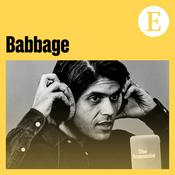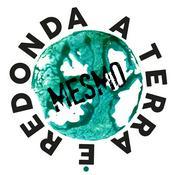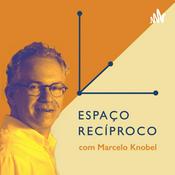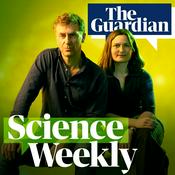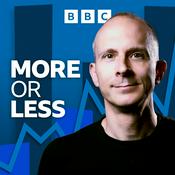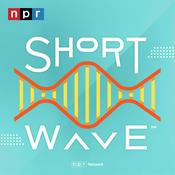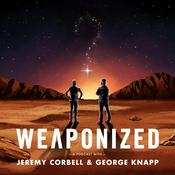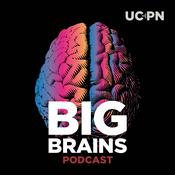97 episódios

Do no harm to investors? Rosia Montana arbitration and structural injustices - Irina Velicu and Ionuț Codreanu
30/4/2025 | 25min
Corporations have always had the power to demand their rights: their freedom often clashes with the freedom of others to protect their needs and their lives. The article analyzes the arbitration over Roșia Montană brought by Gabriel Resources against Romania in 2015. Beyond Romania’s unexpected victory, we want to highlight that this controversial legal mechanism is a form of perpetuation of structural injustices. Between January and July 2024, our research aimed to analyze how this topic is being discussed by key actors in Romania: we examined public statements by government officials and mainstream media, as well as carried out interviews with residents of Roșia Montana. Article by Irina Velicu and Ionuț Codreanu, illustrated by Mina Mimosahttps://theanthro.art/do-no-harm-to-investors-rosia-montana-arbitration-and-structural-injustice/

From Block to Garden: How Are Food Practices Changing? - Alexandra Leca
30/4/2025 | 20min
This article explores how migration from urban to rural areas influences dietary habits and promotes the adoption of more sustainable food practices. The research is set against the backdrop of increasing counterurbanization, where individuals are leaving cities in pursuit of healthier, more balanced lifestyles in rural settings. The connection between food and nature is examined in this context, highlighting shifts towards local, seasonal produce, self-sufficiency, and sustainability. The aim of the study is to understand how the dietary habits of people who have relocated from urban to rural areas have evolved in terms of sustainability. Based on semi-structured interviews with seven families who moved from cities like Bucharest, Cluj, and Craiova to nearby villages, the research investigates topics such as changes in food preferences, challenges in adapting to rural life, food sourcing strategies, and levels of awareness and commitment to sustainable practices. The findings show that the transition to rural living led participants to rethink their relationship with food, with many adopting sustainable practices such as composting and growing fresh vegetables in their own gardens. This shift reflects a deeper connection with nature and an enhanced commitment to sustainability, something that participants had not necessarily prioritized before moving.Article by Alexandra Leca, illustrated by Amandine Bănescuhttps://theanthro.art/from-block-to-garden-how-are-food-practices-changing-alexandra-leca/

Room 242 and the Portraits That (Do Not) Speak. Unveiling Gender and Leadership in Higher Education Contexts - Rosalina Pisco Costa
23/4/2025 | 17min
It is necessary to reflect on the role of the anthropologist in denouncing realities that are often subalternised, with the role of changing them through initiatives and solutions proposed by the anthropologist, allowing us to reflect on the porosity between the spheres of activism and anthropology. To realize the implications and interconnections between different contexts, it is necessary to take a multi-scalar and multi-sited approach. One of the fields most concerned with the interconnections between local, national, and international scales is environmental studies, and it is on this theme that the article focus, mobilising former research to reach this goal.Article by Rosalina Pisco Costa, illustrated by Juliana Penkovahttps://theanthro.art/room-242-and-the-portraits-that-do-not-speak-unveiling-gender-and-leadership-in-higher-education-contexts/

Challenges and strategies for including sustainability in the social control of the municipal School Feeding Councils in Minas Gerais in the National School Feeding Program - Lucas Daniel Sanches
23/4/2025 | 18min
This study investigates the challenges and strategies for incorporating sustainability into the social control of municipal School Feeding Councils (CAEs) in Minas Gerais within the National School Feeding Program (PNAE). The research aims to understand the performance of CAEs in promoting sustainability and evaluates the impact of an educational intervention on counselors’ intentions to act. The methodology involves action research with qualitative and quantitative analyses, including workshops and discussion groups. Key findings highlight the importance of family farming, school gardens, and reducing food waste as strategies for sustainability. The study also identifies obstacles such as lack of support and negative interference from teachers. The educational intervention appears to have raised awareness and fostered partnerships among CAEs, suggesting the need for intensified training initiatives to enhance counselors’ skills and competencies in sustainability.Article by Lucas Daniel Sanches, Ana Carolina Ratti Nogueira, Monique de Oliveira Sant'Anna, Jaciara Reis Nogueira Garcia, Bruno Martins Dala Paula, illustrated by Guilia Cavallohttps://theanthro.art/challenges-and-strategies-for-including-sustainability-in-the-social-control-of-the-municipal-school-feeding-councils-in-minas-gerais-in-the-national-school-feeding-program/

Creating Life Champions: Youth Coaching values, ethics, careers and a sustainable development of trainers and athletes - Daniel Alves
23/4/2025 | 14min
The Creating Life Champions project is a collaboration between the ERASMUS+ program and the UEFA Foundation for Children, to strengthen positive social values and principles by using sports fields as a vehicle. This project gathered 16 partners from 8 European countries. The following text presents the results of the ethnographic research done in Portugal regarding this project, aimed to conduct an in-depth analysis of how trainers perceive the educational and pedagogical role of sport and what may be the path for a sustainable strengthening of this role. From April to May 2023, a total of 20 in-depth interviews with youth coaches from 3 cities and 14 football clubs various football clubs in Portugal, to understand, the main factors, values and necessities of working with children in sports, creating a blueprint of the profile of a youth coach in Portugal for the Creating Life Champions Project to create a module and Moodle course for trainers.Article by Daniel Alves, illustrated by Patricia Palmahttps://theanthro.art/creating-life-champions-youth-coaching-values-ethics-careers-and-a-sustainable-development-of-trainers-and-athletes/
Mais podcasts de Ciência
Podcasts em tendência em Ciência
Sobre AnthroArt
Ouça AnthroArt, Os três elementos e muitos outros podcasts de todo o mundo com o aplicativo o radio.net
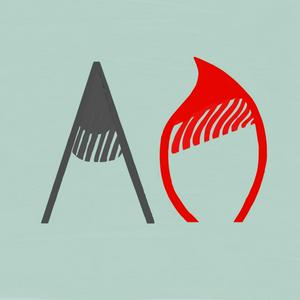
Obtenha o aplicativo gratuito radio.net
- Guardar rádios e podcasts favoritos
- Transmissão via Wi-Fi ou Bluetooth
- Carplay & Android Audo compatìvel
- E ainda mais funções
Obtenha o aplicativo gratuito radio.net
- Guardar rádios e podcasts favoritos
- Transmissão via Wi-Fi ou Bluetooth
- Carplay & Android Audo compatìvel
- E ainda mais funções


AnthroArt
baixe o aplicativo,
ouça.
